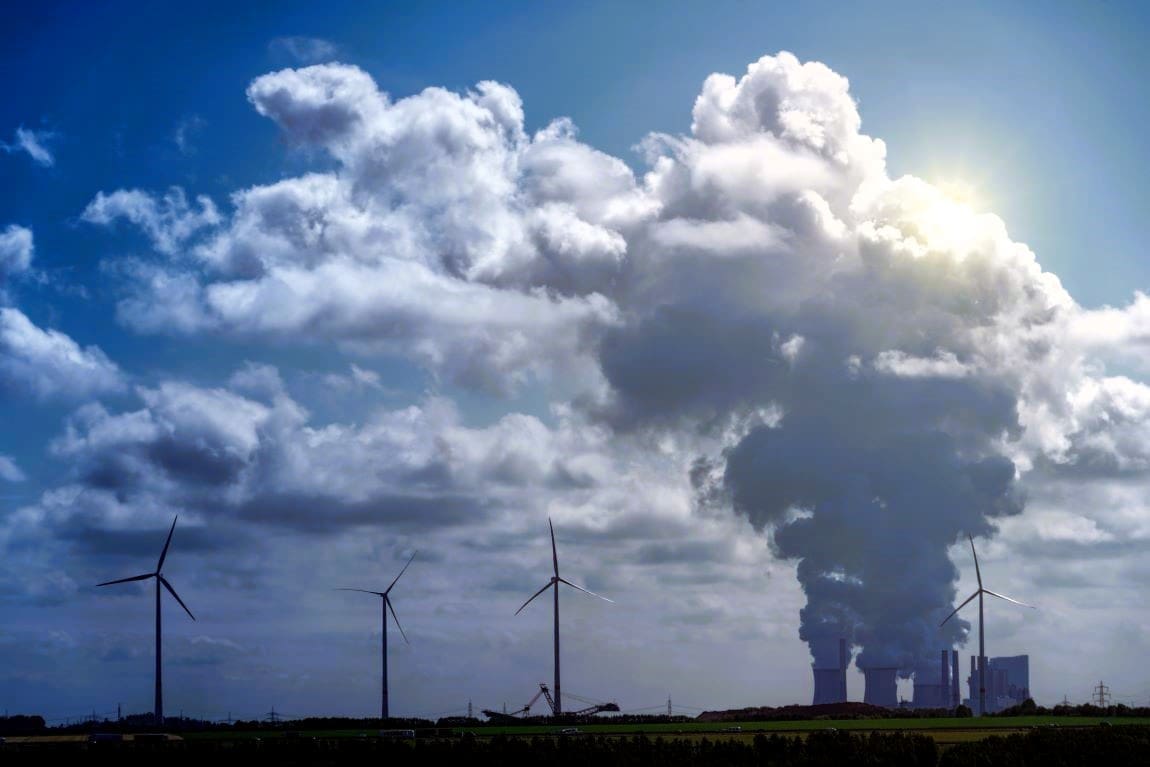This article by University College London is republished under a Creative Commons Attribution 4.0 International License. Read the original article.
Nineteen out of 34 countries surveyed failed to fully meet their 2020 climate commitments set 15 years ago in Copenhagen, according to a new study led by UCL researchers.
The study, published in Nature Climate Change, compared the actual net carbon emissions of more than 30 nations to their 2009 pledged emission reduction targets set during the Copenhagen Climate Summit.
The paper led by researchers at UCL and Tsinghua University is the first effort to comprehensively gauge how well countries were able to meet their Nationally Determined Contribution reduction pledges from COP15.
Of the 34 nations analysed in the study, 15 successfully met their goals while 12 failed outright. The remaining seven countries fell into a category the study authors termed the “halfway group”: nations that reduced the carbon emissions within their own borders but did so in part by using trade to shift emissions they would have made to other countries. Known as “carbon leakage” or “carbon transfer”, this outsourcing of carbon emissions is a growing concern amongst environmental policy makers as countries seek to meet newer net-zero targets.
To track this carbon leakage the researchers used a “consumption-based” emissions tracking method which provides a more comprehensive scheme to calculate a country’s total carbon emissions. It not only accounts for the emissions originating from economic activities within the nation’s territorial borders, but the carbon footprint of imported goods manufactured abroad.
Lead author Professor Jing Meng (UCL Bartlett School of Sustainable Construction) said: “It’s important to be able to completely track carbon emissions, even when they’re offshored, enabled by consumption-based analysis. Our concern is that the countries that struggled to reach their commitment from 2009 will likely encounter even more substantial difficulties reducing emissions even further.”
These emissions goals were set in 2009 at the COP15 international climate summit in Copenhagen. There, despite being unable to reach a comprehensive global agreement, individual countries around the world established their own individual emissions reductions targets. This meant that established goals varied widely, from Croatia’s modest but successful pledge to reduce carbon emissions by 5%, to Switzerland’s relatively ambitious but unsuccessful effort to reduce its carbon emissions by 20-30% by 2020, relative to 1990 levels.
The research also highlights the disparities between the countries’ different starting points. Though four eastern European nations – Estonia, Lithuania, Latvia and Romania – were successfully able to achieve their goals, the researchers point out that this was largely because much of the region’s industry involved many outdated and highly inefficient technologies left over from the early 1990s that they’ve more recently transitioned away from using.
In addition, the researchers caution that the countries that struggled the most to meet their COP15 goals are likely to encounter even bigger challenges in the future as they face even greater demand for energy as their economies further expand and develop.
The main ways that countries were able to meet their emissions targets were by increasing the amount of clean energy they produced, especially transitioning away from coal power, and making more efficient use of the energy produced. Countries unable to meet their targets were largely unable to do so because increased consumption associated with rising GDP per capita and population grown outpaced their efforts to increase efficiency, even though many of the countries were able to increase their efficiency somewhat.
The more recent Paris Agreement, signed in 2015 at COP21, established a more ambitious and comprehensive global framework to reduce carbon emissions which superseded these nationally determined contributions.
Senior author Professor Dabo Guan (UCL Bartlett School of Sustainable Construction) said: “Reducing emissions is critical to combat the ongoing climate crisis. To do this, it’s imperative we have an accurate and reliable account of emissions, and this research shows some of the challenges countries face to reduce emissions while maintaining their economic growth. Developed countries have a dual role – rapidly reducing their own emissions, and providing financial aid and capacity building to developing countries, which most of them deliver insufficiently.”
The full list of countries failing to meet their pledges is Australia, Austria, Canada, Cyprus, Ireland, Japan, the Netherlands, Norway, Portugal, Slovenia, Spain and Switzerland.
The halfway group is Belgium, Czech Republic, France, Hungary, Luxembourg, Malta and Poland.
The group that achieved their emissions reductions goals are Bulgaria, Croatia, Denmark, Estonia, Finland, Germany, Greece, Italy, Latvia, Lithuania, Romania, Slovakia, Sweden, the United Kingdom and the United States.
(More information: Li, S., Meng, J., Hubacek, K. et al. Revisiting Copenhagen climate mitigation targets, Nature Climate Change (2024). DOI: 10.1038/s41558-024-01977-5; University College London – Press Release; Featured image credits: jplenio1 – Freepik.com)




